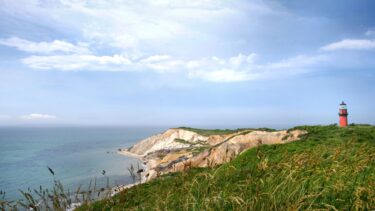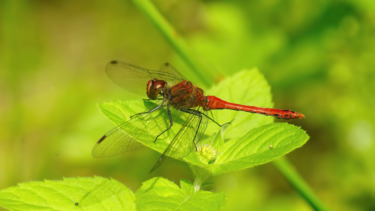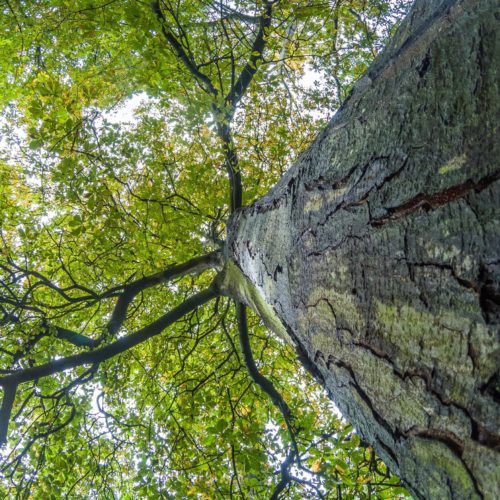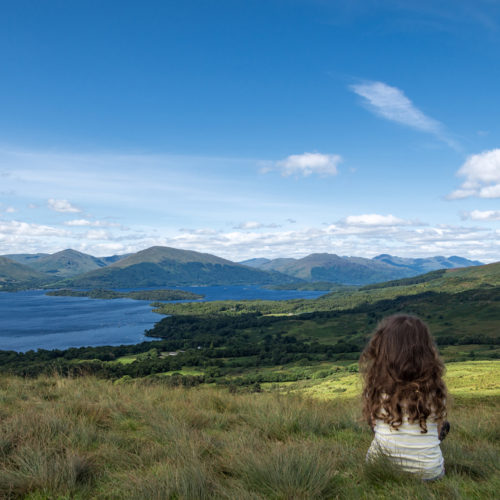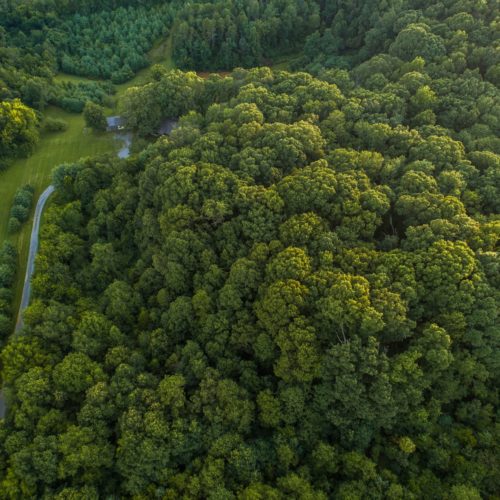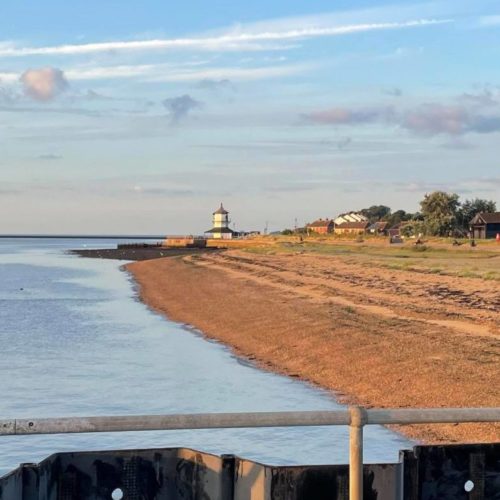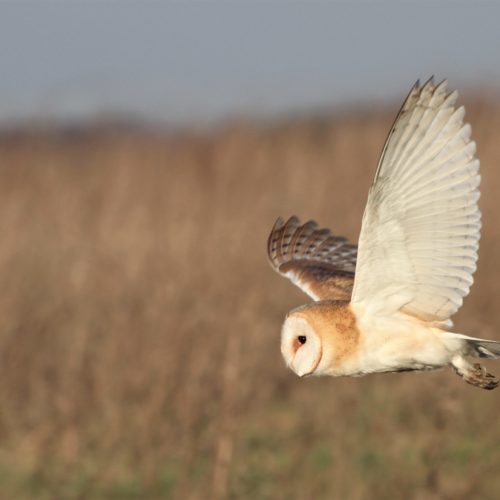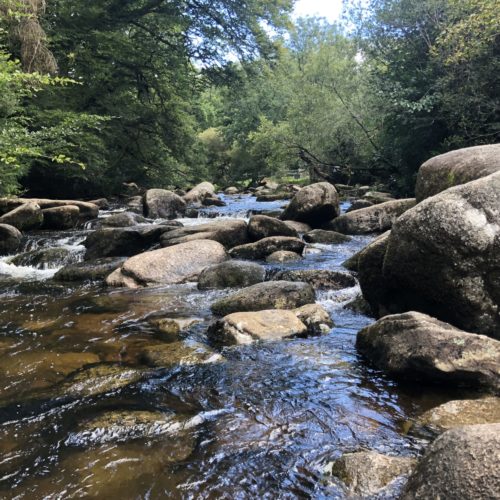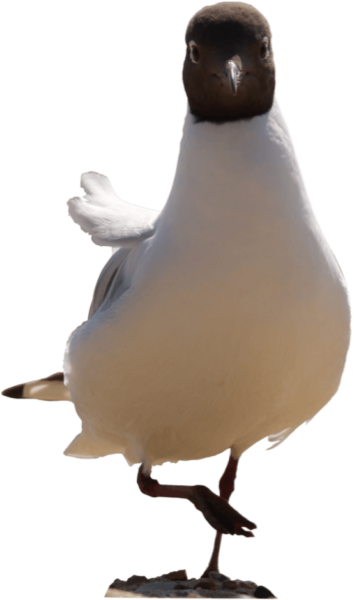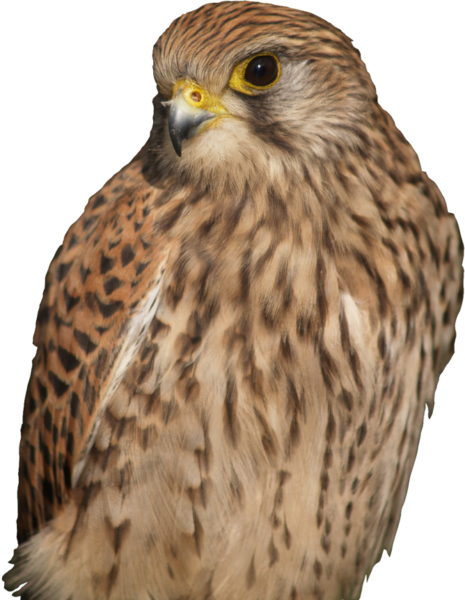If your developments include water-bodies or aquatic environments such as canals, streams, rivers, lakes, reservoirs and water-filled quarries, then you might find the white-clawed crayfish in them. In some cases, these crustaceans have special protection and so it’s important to understand the legislation affecting them, and whether survey and mitigation work needs to be a carried out.
White-clawed crayfish: ecology
Crayfish are the largest, most mobile freshwater invertebrates and are considered a keystone species wherever they occur. The white-clawed crayfish (Austropotamobius pallipes) is Britain’s only native crayfish species, and they can live for more than 10 years, usually reaching sexual maturity after three to four years.
Breeding takes place in autumn and early winter (September to November) when the water temperature drops below 10 degrees Celsius. Females overwinter with a clutch of eggs (20 -160) beneath the tail. The eggs hatch on the female and juveniles are typically released from June to August.
White-clawed crayfish are found in a wide variety of aquatic environments. But in the British Isles are mostly associated with water-bodies in areas with chalk, limestone or sandstone deposits.
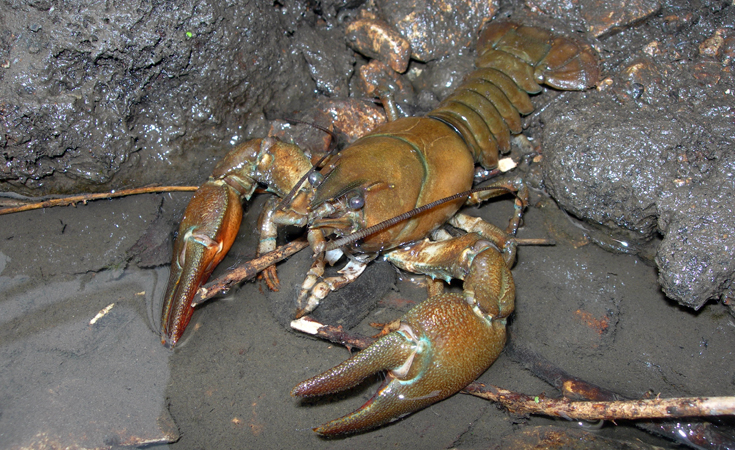
There are currently six species of non-native crayfish known to be present in the UK, the most prevalent of these is the American Signal Crayfish (Pacifastacus leniusculus). Non-native crayfish, such as the signal crayfish, aggressively out-compete white-clawed crayfish for food and habitat and spread diseases such as crayfish plague (Aphanomyces astaci), to which white-clawed crayfish have no resistance and which is known to cause mass mortality of white-clawed crayfish populations.
White-clawed crayfish were formerly widespread in Britain (where conditions were suitable). However, since the 1970s, approximately 70% of the UK population has been lost. The reasons for the decline include the introduction of these non-native species, as well as pollution and habitat loss.
Will white-clawed crayfish and their habitat impact my development plans?
White-clawed crayfish typically live under rocks and submerged logs, among tree roots, algae and macrophytes, although they usually emerge to forage for food. Juveniles may also be found among cobbles and detritus such as leaf litter. Adults may burrow into suitable substrates, particularly in the winter months.
If your development will affect water-bodies (canals, streams, rivers, lakes, reservoirs and water-filled quarries) and habitats which may be suitable for crayfish, then you should consider they might be present.
White-clawed crayfish: surveys
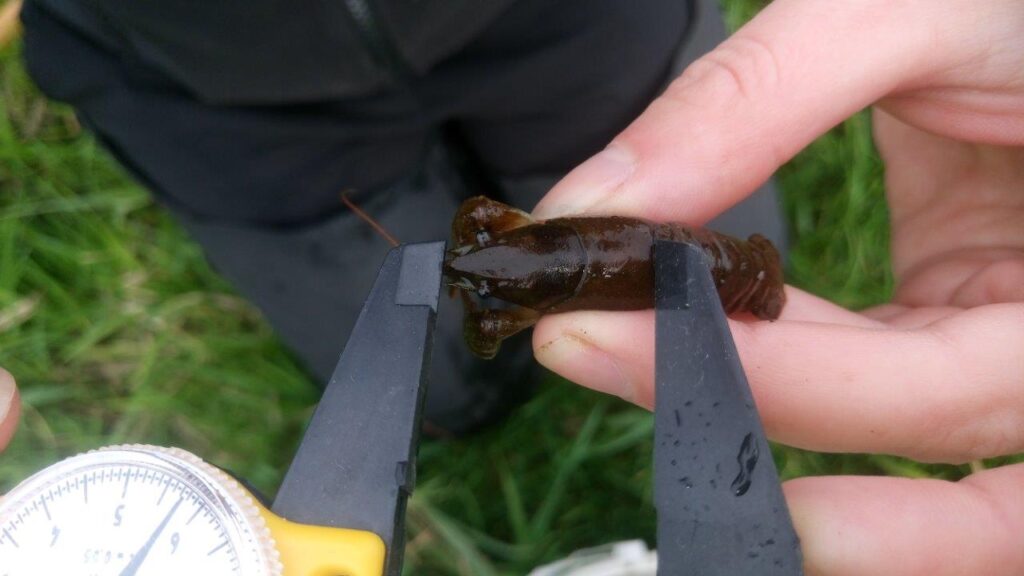
If suitable water-bodies are present that will be affected by your development, then crayfish surveys may be required. Surveys start with a Habitat Suitability Assessment (HSA) during which several parameters are recorded for each water-body, such as water-body type, water depth, flow rate, flow velocity and water pH – along with habitat features such as the substrate of the bed and banks and presence of emergent vegetation.
This, along with a desk study for records of crayfish within the catchment of your site, will help to assess the need for presence or absence surveys.
There are several survey techniques that can be used to determine the presence or absence of crayfish with the suitability of each technique dependant on the habitat within the water-body to be surveyed.
Techniques include
- refuge search
- netting
- night viewing
- trapping
- artificial refugia.
Recently, studies have been undertaken to determine whether eDNA surveys can be used to determine the presence/absence of different species of crayfish.
White-clawed crayfish: legal protection
White-clawed crayfish are protected in the UK under Schedule 5 of the Wildlife and Countryside Act 1981 (as amended). Under this Act, it is an offence to
- intentionally take white-clawed crayfish from the wild
- sell or attempt to sell, any part of a white-clawed crayfish (dead or alive) or advertise that one buys or sells or intends to buy or sell any part of a white-clawed crayfish.
White-clawed crayfish are included under Annexes II and V of the European Union Habitats Directive. This legislation requires that areas be designated as Special Areas of Conservation (SACs) to protect white-clawed crayfish populations. At present, eight sites have been designated as SACs specifically to protect this species and are of international importance. In addition, there are two further SACs where this species is a qualifying feature but not the primary reason for designation.
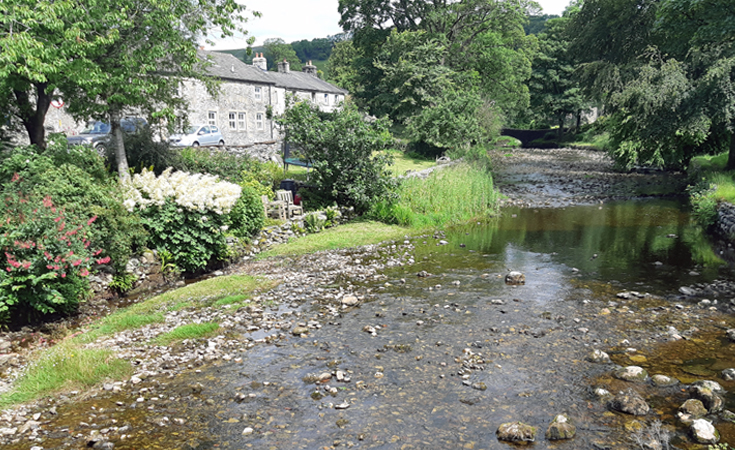
The white-clawed crayfish has been adopted as a Species of Principal Importance for the Conservation of Biodiversity in England. This places a duty on all government departments to have regard for the conservation of this species and on the Secretary of State to further, or promote others to further, the conservation of this species.
Signal crayfish, red-swamp crayfish (Procambarus clarkii), noble crayfish (Astacus astacus), spiny-cheek crayfish (Orconectus limosus) and Turkish crayfish (Astacus leptodactylus) are all listed on Schedule 9 of the Wildlife and Countryside Act 1981 (as amended) which makes it an offence to release or allow to escape into the wild any of these species.
Licensing requirements for white-clawed crayfish
A survey licence from Natural England is required for surveying (handling and taking) white-clawed crayfish. If a development may harm or involve the “taking” of white-clawed crayfish, a licence will be required from the relevant statutory body for conserving the species.
Crayfish: mitigation
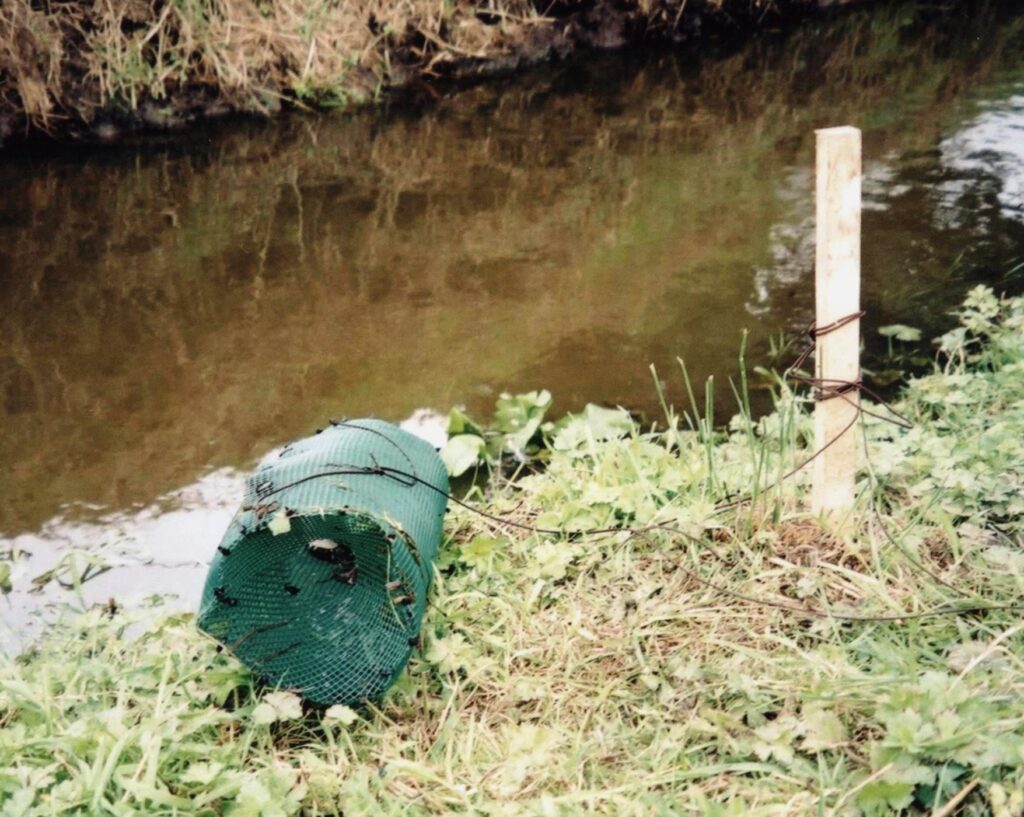
If white-clawed crayfish are found to be present on your site, then mitigation of any potential negative effects on them may be required and should always follow the mitigation hierarchy, whereby first you try to avoid any impacts, such as by redesigning the scheme. If this is not possible, mitigation measures will be required to reduce the impact, but if a negative impact still exists, then compensation measures will be required as well.
Mitigation measures can include
- reducing disturbance to the banks of the water-body
- reducing the amount of sediment released into the water
- reducing the area affected
- doing the work in small sections
- excluding crayfish from construction areas.
Possible compensation measures may include providing habitat to replace any white-clawed crayfish habitat that will be lost and trans-locating crayfish within the catchment area.
If any of the non-native invasive species of crayfish are identified as being present on your site and your development will affect the water-body, it will be necessary to employ strict bio-security protocols to avoid the potential spread of non-native crayfish or crayfish diseases to other water-bodies. This is particularly important if plant and equipment are used within several water-bodies.
How we can help
As experts in environmental compliance, we’re experienced in white-clawed crayfish surveys, licensing requirements and appropriate mitigation works. If you have a project that we can help with, get in touch with us to discuss your needs and the most cost effective and timely options available.

